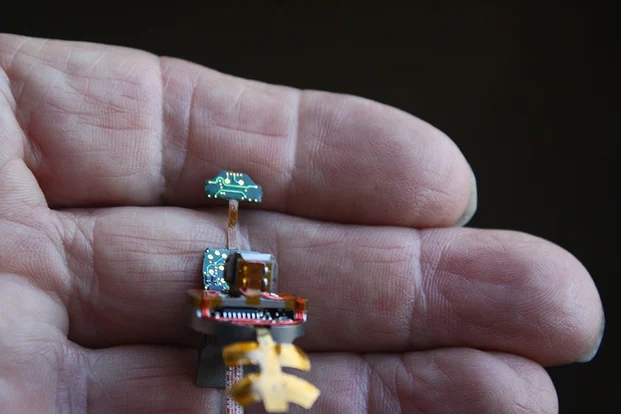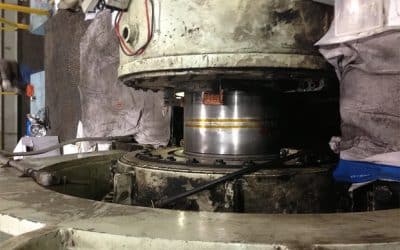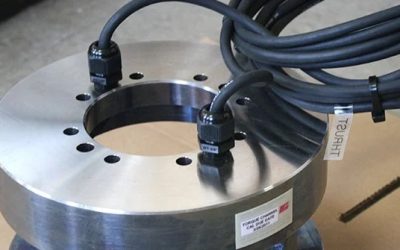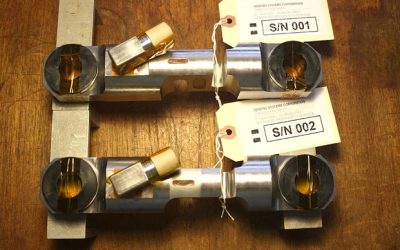Basic Facts
Little Known Facts About Measurement Tools

Unless you are in a field that does a ton of technical work, it is likely that you won’t know a lot of the ins and outs of measurement tools. However, knowing at least basic technical information can help you out, whether you choose to go into a field that uses measurement tools, or you just need them for a home project. Read on for some things you should know!






There are numerous standards, such as ISO9000, that specify how often a device must be calibrated. It is mostly two years or less, but could be more frequent depending on evidence of deterioration.
Basic Fundamental Facts
How To Ensure Torque Sensor Accuracy
Basic Facts When it comes to an accurate manufacturing process,...
Load Cell Troubleshooting: 5 Factors That May Affect Maintenance
Basic Facts Load cell troubleshooting is essential to obtain...
Custom Load Cell Applications and Uses
Basic Facts Load cells are an essential portion of many...



